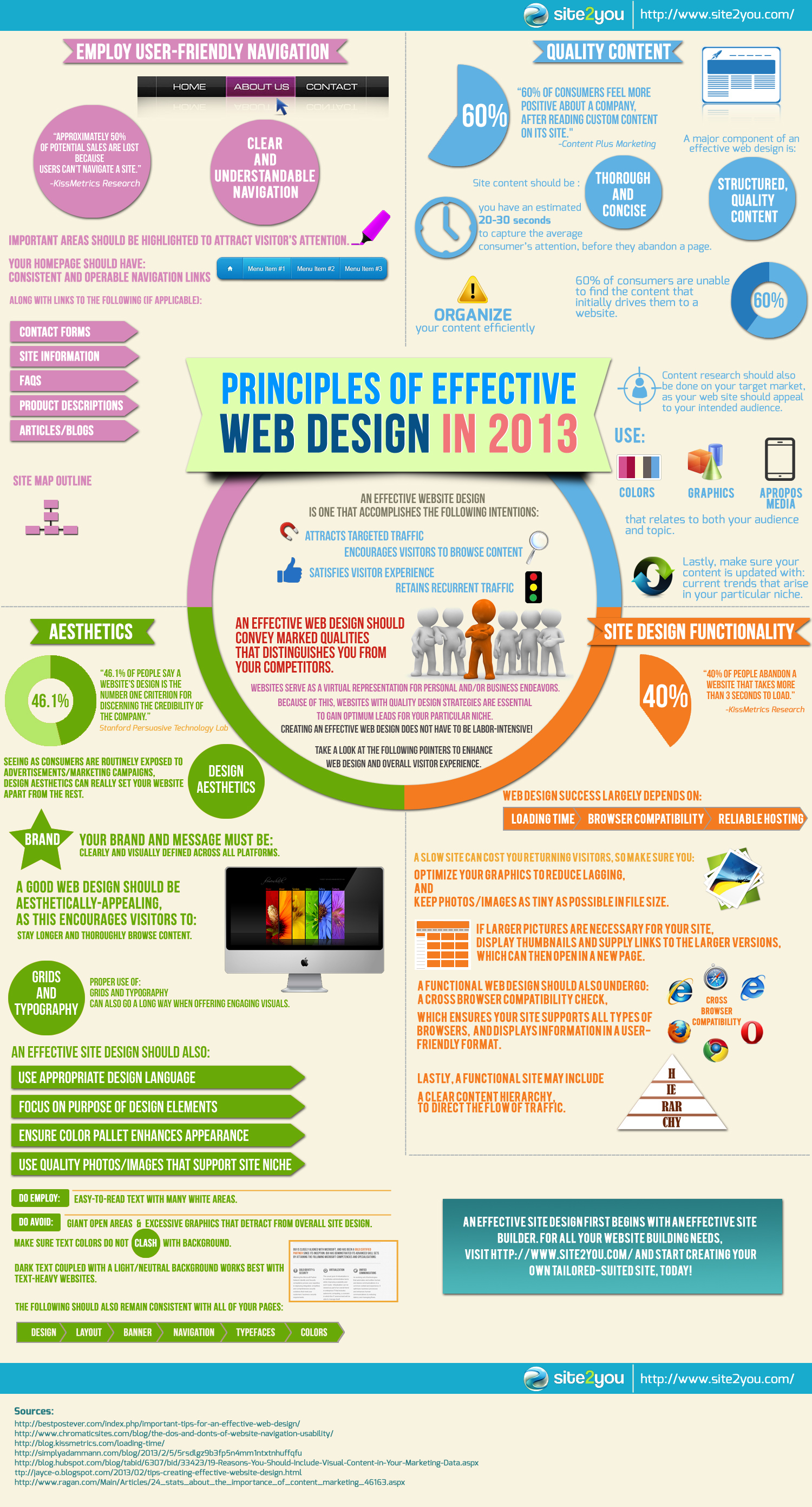Utilizing The Power Of Visual Hierarchy In Site Layout
Utilizing The Power Of Visual Hierarchy In Site Layout
Blog Article
Material Writer-Ashley Magnussen
Envision an internet site where every component competes for your attention, leaving you feeling bewildered and uncertain of where to concentrate.
Currently photo an internet site where each element is thoroughly set up, guiding your eyes effortlessly through the web page, giving a seamless individual experience.
The difference depends on the power of visual power structure in internet site style. By tactically arranging and affordable web design services on a website, developers can produce a clear and instinctive course for users to follow, ultimately improving engagement and driving conversions.
Yet exactly how precisely can you harness this power? Join us as we check out the principles and techniques behind efficient aesthetic hierarchy, and find how you can boost your web site design to brand-new elevations.
Comprehending Visual Power Structure in Web Design
To efficiently convey details and guide users with a site, it's crucial to recognize the principle of aesthetic power structure in web design.
Visual hierarchy describes the setup and organization of components on a webpage to highlight their importance and create a clear and intuitive individual experience. By establishing a clear visual pecking order, you can route individuals' attention to the most vital details or activities on the page, boosting functionality and interaction.
This can be achieved through numerous style techniques, consisting of the calculated use of dimension, color, contrast, and positioning of components. For instance, larger and bolder aspects usually draw in even more focus, while contrasting colors can create aesthetic contrast and draw focus.
Principles for Effective Aesthetic Hierarchy
Understanding the principles for reliable visual pecking order is important in creating a straightforward and interesting website style. By complying with these principles, you can make sure that your internet site properly communicates details to individuals and guides their interest to one of the most important aspects.
One principle is to use dimension and range to establish a clear aesthetic power structure. By making https://www.htmlgoodies.com/seo/search-engine-optimization-tips-for-bing/ and much more prominent, you can draw attention to them and guide users via the web content.
Another principle is to make use of comparison efficiently. By utilizing contrasting colors, typefaces, and shapes, you can create aesthetic differentiation and emphasize essential details.
Additionally, the principle of distance suggests that relevant aspects ought to be organized with each other to aesthetically connect them and make the internet site a lot more organized and easy to browse.
Implementing Visual Power Structure in Website Style
To carry out aesthetic power structure in web site style, prioritize essential aspects by adjusting their dimension, shade, and position on the web page.
By making key elements bigger and extra famous, they'll naturally attract the user's attention.
Use contrasting shades to produce aesthetic contrast and emphasize essential details. As an example, you can use a bold or vibrant color for headings or call-to-action switches.
In addition, think about the placement of each aspect on the web page. Location important elements on top or in the center, as individuals have a tendency to concentrate on these areas initially.
Conclusion
So, there you have it. Aesthetic power structure resembles the conductor of a harmony, assisting your eyes with the site layout with finesse and style.
It's the secret sauce that makes a web site pop and sizzle. Without it, your style is simply a jumbled mess of arbitrary components.
But with visual hierarchy, you can develop a masterpiece that gets hold of focus, interacts effectively, and leaves an enduring perception.
So go forth, my friend, and harness the power of aesthetic pecking order in your website design. Your audience will thank you.
